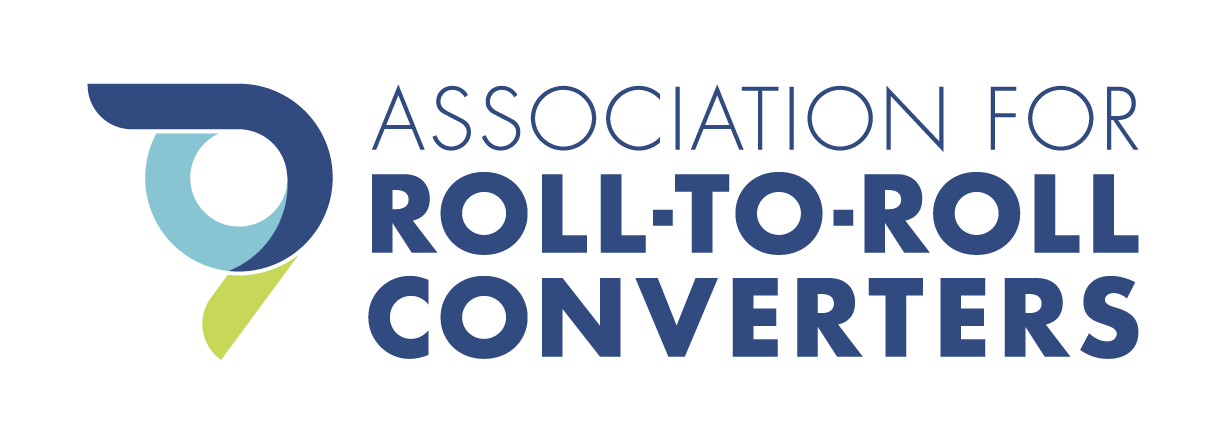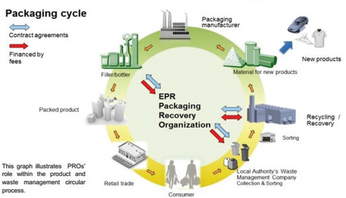Sustainability
Breaking Boundaries: Sustainable Solutions Amidst Industry Challenges Paid Members Public
Presented by David Zamarin, Impermea Materials Amidst industry revelations surrounding carcinogenic chemicals like PFAS, few options exist that offer sustainable, high-performance solutions to diverse industry challenges. With efforts to tackle the PFAS and Single Use Plastics crisis through proposed legislation, many manufacturers are scrambling to find performance driven fluorine-free and
BOPEF Film – a New Sustainable Solution for Flexible Food Packaging Paid Members Public
Presented by Ana Lyra, Terphane Terphane is developing biaxially oriented PEF film grades in partnership with Avantium and Origin Materials. PEF a 100% biobased and fully recyclable polymer, also shows higher barrier than PET. This renewable film could be used as mono material flexible food packaging.
Approaching Sustainability of Flexible Packaging in the Circular Economy Paid Members Public
Presented by Vicent Martinez, AIMPLAS
The Recycled Material Standard Paid Members Public
Presented Laura Thompson, GreenBlue The Recycled Material Standard (RMS) has been designed to help advance the use of recycled material. By adopting multiple chain of custody models under a single standard, the RMS couples supply chain flexibility with robust assurances that brands expect. Most manufacturers are familiar with “controlled blending”
Sustainability Innovations – Satisfying the Market Needs for Sustainable High-barrier Flexible Packaging via Dry Vacuum and Wet Dispersion Coating Paid Members Public
Presented by Carolin Struller, Bobst Manchester In recent years, sustainability, reduction of plastic waste and development of more environmentally friendly packaging solutions have been key objectives for the packaging industry in order to move closer towards a circular economy. According to WRAP (Waste & Resources Action Programme), nearly 70 % of
Recyclable Resource-efficient Packaging Enabled by Oriented Polyethylene Paid Members Public
Presented by Dr. Karlheinz Hausmann, DOW Chemical Company The journey towards a circular economy requires the increase of recycling rates and the reduction of packaging materials. Dow is offering a broad technology platform to enable value chain partners to redesign difficult to recycle multimaterial packages into monomaterial packages that are
Impact of Sustainable Materials on Packaging Equipment Paid Members Public
Presented by Daniel Cluskey, Printpack 2025 is fast approaching, bringing with it commitments from consumer packaged goods companies to have all their packaging be recyclable, compostable, or reusable. For many flexible packages this means a complete redesign of the base material focused on end of life. With any material change,

